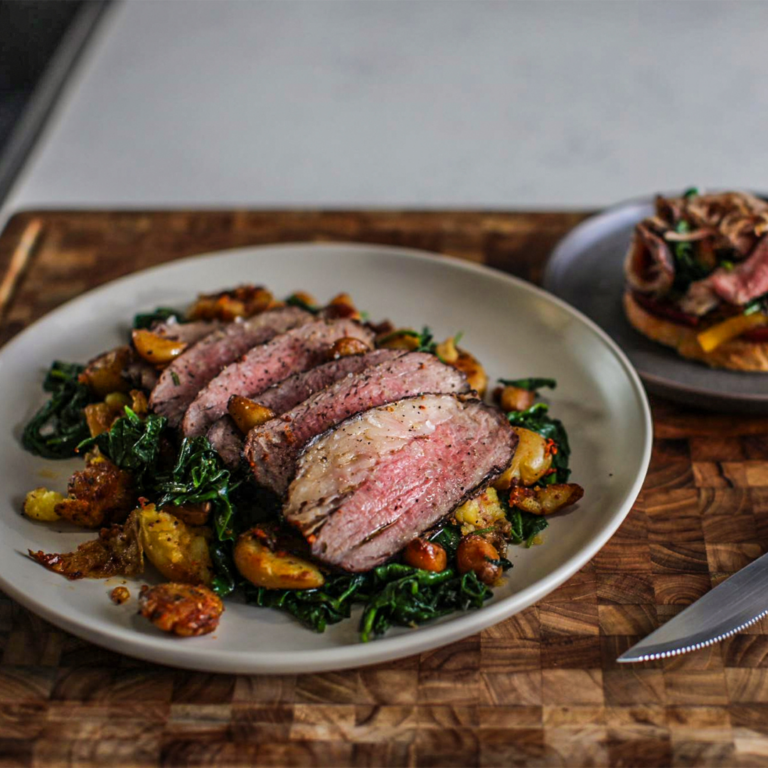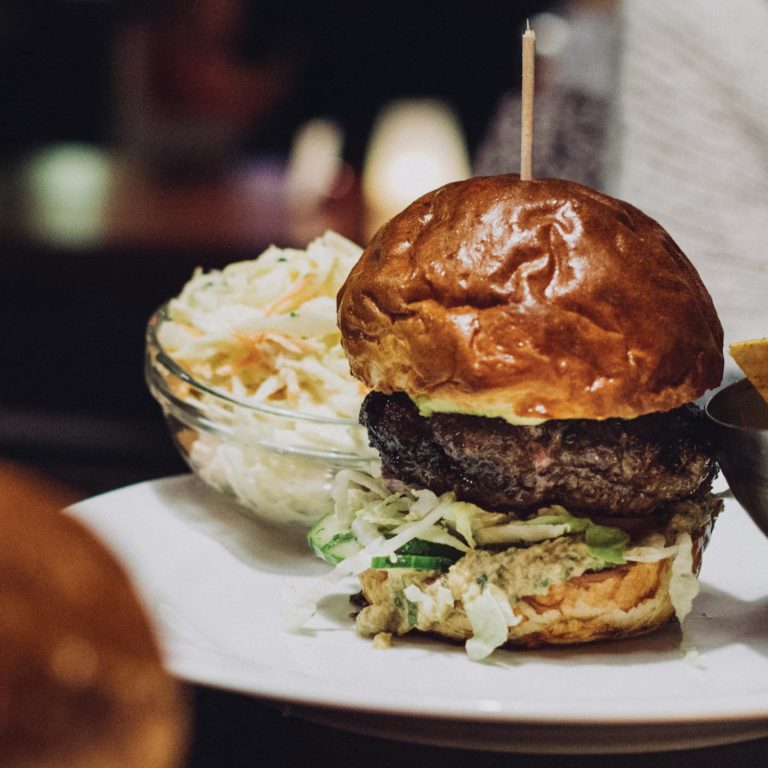
Beefing Up Meal Kits
The food purchasing habits of city dwellers are often very different than those of people who live in more rural environments. For those who live “out in the country,” meals are often viewed as an opportunity to share the day’s happenings with their families. In cities – home to many on-the-go millennials who often live with roommates – cooking for one is a challenge. Restaurants and food trucks are on every corner, residential kitchens are smaller, storage is minimal, and at-home meals are few and far between.
The 2018 Power of Meat Study found that shoppers continue to look for ways to include convenience-focused solutions in their meal lineups.1 Millennial urbanites are the demographic behind this shift in shopping priorities, favoring quick, easy and nutrition meals. The beef industry is aware of this cultural shift—and that’s where meal kits enter the picture.
Meal kits range from at-home, subscription delivery services to take-home options consumers can pick up in a grocery store. The Beef Checkoff is recognizing this niche market and driving beef into more than half the meal kits available at supermarkets.2 In 2018, the Beef Checkoff’s Beef. It’s What’s For Dinner. brand launched fresh-beef meal kits in retail grocery stores across the country. Developed by the American Foods Group, the steak-bowl meal kits contain raw, USDA Choice beef packaged with all the ingredients needed to make different meal options. These grocery-store meal kits give consumers the convenience they want without the hassle of committing to a subscription.
Beef is the most valuable product at retail, according to the new custom Fresh Meat Market Basket Analysis.3 This study, commissioned by the Beef Checkoff, shows that beef shoppers generate more sales across the entire store. The average shopping cart containing beef is worth more than twice that of a cart without beef at the register, ringing up at $85.70 vs. $41.33 respectively. The power to drive additional food sales is one more reason beef remains a favorite item for both retailers and shoppers.4
The Beef Checkoff invests in studies like this to understand purchasing patterns and consumer interests. Furthermore, when beef is able to clearly show its retail advantages, it solidifies its presence within stores, encouraging greater availability for consumers.
While grocery-store meal kits present the beef industry with a tremendous opportunity, so do at-home-delivery meal kits. Companies specializing in these kits, like HelloFresh™ and Blue Apron™, ship boxes of refrigerated ingredients containing two to four recipes each. These kits are delivered at different intervals depending on the customer’s chosen meal plan. Within each box are all the ingredients and recipes needed to make delicious food right at home. Because consumers typically preselect the meals they wish to have delivered, these services can eliminate the more impulsive “shopping experience.” That means it’s even more essential to get beef into these meal kits during the product development process.
And, that’s exactly what the Beef Checkoff is doing. The checkoff has worked with dietitians at HelloFresh to demonstrate not only the benefits of including beef in a healthy lifestyle, but also the dedication cattle farmers and ranchers have toward raising high-quality beef. The Beef Checkoff hosted a group from HelloFresh’s corporate office for a full day of beef immersion complete with a farm tour and lessons on cattle feeding, reproduction, selection and herd health. The group also experienced an in-depth beef-cutting demonstration to help inspire them to include a wider variety of beef cuts within their consumer meal kits. By building a bridge between the farm and the finished product, the Beef Checkoff was able to help foster trust and increase positive sentiment about beef consumption.
Consumers must view beef as a favorable product for the beef industry to continue to thrive. There’s no doubt that cooking dinner looks very different today than in the past. The Beef Checkoff is investing resources toward research and promotion to continue increasing positive perception about beef while driving demand and enhancing availability at every turn.
- 2018 The Power of Meat, 210 Analytics, Food Marketing Institute, February 2018.
- Meal Kits Continue to Show Strength, R. Ruggless, March 7, 2019.
- IRI Panel Data, All Outlets, 52 weeks ending 1/6/19, Market Basket Study, February 2019.
- Retail Feature Trends: Beef Remains a Driver, BIWFD.com, May 16, 2019.
The Beef Checkoff program was established as part of the 1985 Farm Bill. The checkoff assesses $1 per head on the sale of live domestic and imported cattle, in addition to a comparable assessment on imported beef and beef products. States may retain up to 50 cents on the dollar and forward the other 50 cents per head to the Cattlemen’s Beef Promotion and Research Board, which administers the national checkoff program, subject to USDA approval.































































